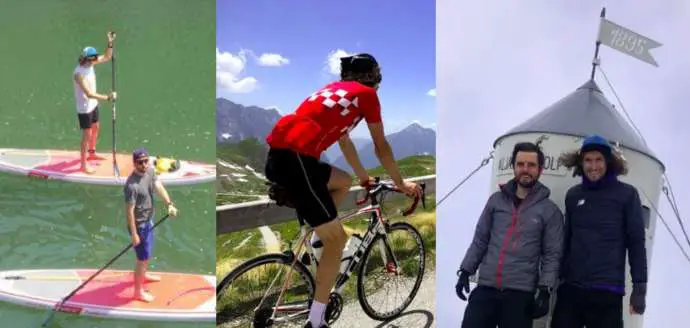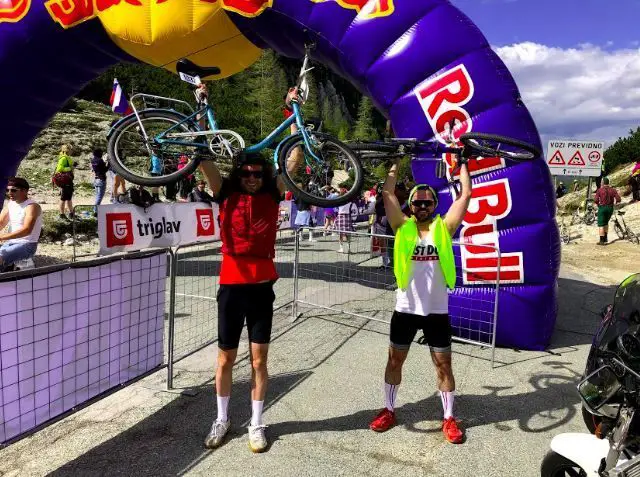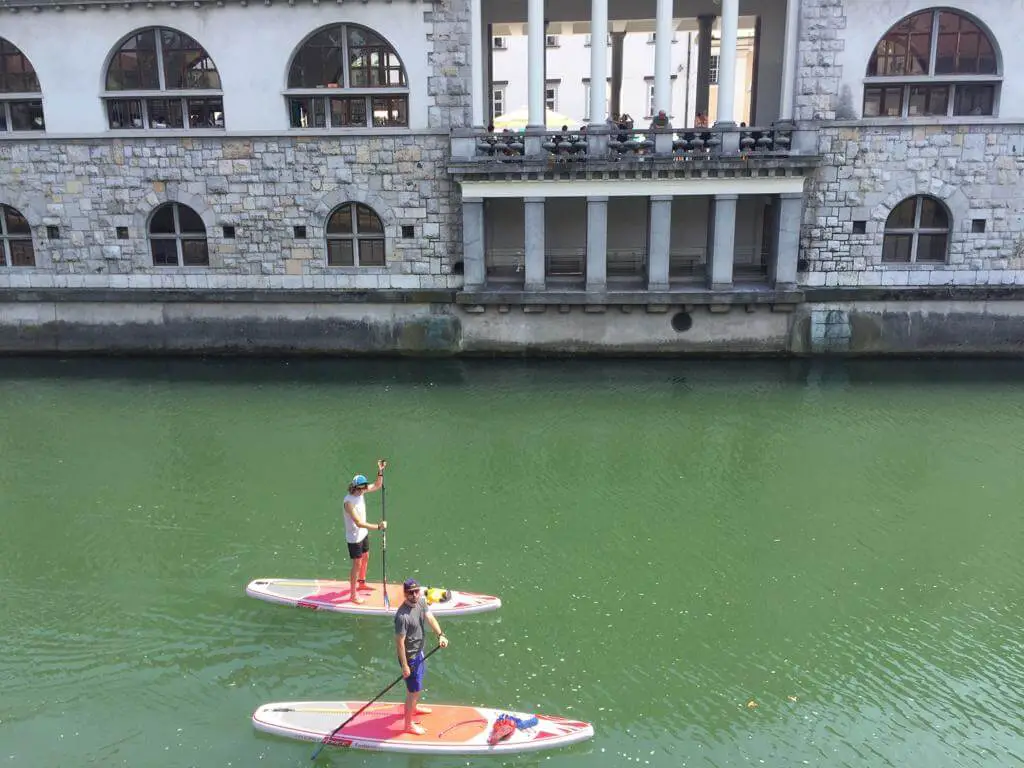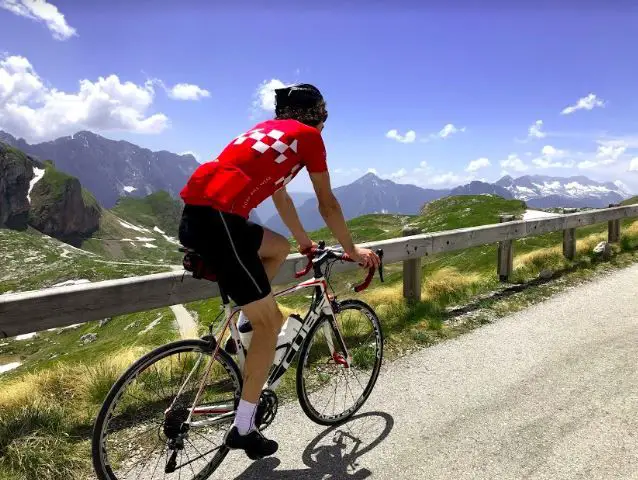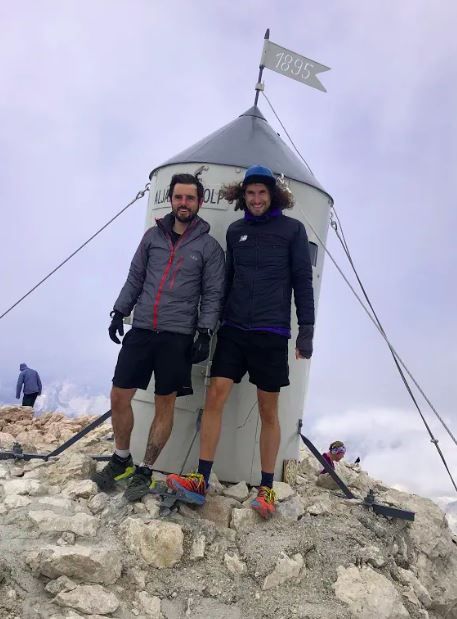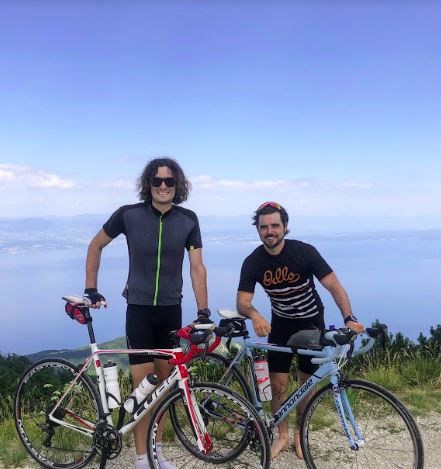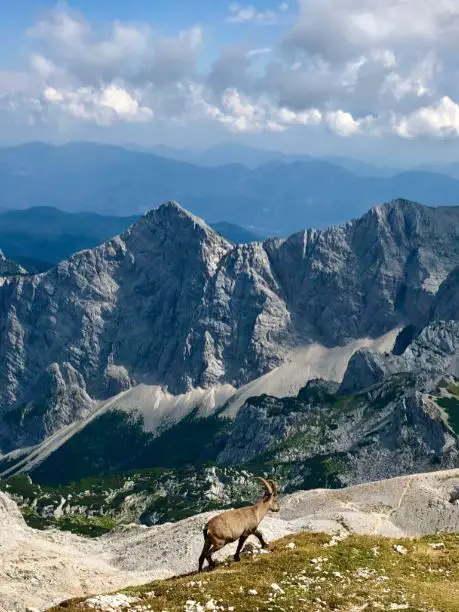When we first heard about Ross Murray-Jones’ plan to swim, cycle and run from Piran to Triglav we had to know more, so we sent some questions that he was kind enough to answer.
Tell us a little bit more about Sea-to-Summit Slovenia. What is it exactly?
Sea-To-Summit Slovenia is a long-distance multisport triathlon from the Adriatic Sea to the highest mountain in the Julian Alps. After months of training and planning, this September, Chris Ryan and I will complete this never-before-attempted endurance challenge in under 24 hours. [ed. Sometime in the first or second week is the current aim, but it all depends on the weather]
Starting from Piran, we’ll paddleboard two-thirds of the Slovenian coastline to Koper before crossing the country by road bike, through the capital Ljubljana and passed world-famous Lake Bled, finishing with a climb to the summit of Triglav at 2,864m.
That sounds tiring. How did you come up with the idea?
In February this year I competed in Red Bull’s Samo Gas ski cross race on Kanin. From Slovenia’s highest ski resort you can see container ships docking at Trieste’s Italian port in the Adriatic, and the journey from sea-to-summit seemed do-able in a day. So I approached the only guy I knew crazy enough to come along with me, Chris, an old friend from London. Over a few beers the original idea escalated quickly to include a sea leg, the peak changed to Triglav and the decision was made to keep within Slovene borders only, adding an extra 100km onto the bike ride. And thus Slovenia’s toughest ever triathlon was born.
Where are you from and have you ever done anything like this before?
Chris and I are both from London originally. We came to Slovenia as part of the launch of a ski tech business and fell in love with this small, charming European country. Slovenia is really a hidden gem and the quality of life is simply incomparable to anywhere else we’ve lived.
We’re both quite sporty and have ticked off a number of Slovenia’s best sports events already, from UTVV100 and the Ljubljana Marathon to IRONMAN 70.3 Slovenian Istria and Red Bull’s infamous Goni Pony. However this new challenge takes us both to the next level: a 24-hour non-stop event.
Twenty-four hours is a long time indeed - how did you train for this challenge and did you pick up any injuries along the way?
The first problem was that although I’d kayaked 1,300km around an island in the Philippines a few years ago, I’d never really paddle boarded before and neither had Chris. Luckily, we teamed up with Slovenia’s SUP race team this summer, Tiki Team, who quickly taught us the basics over weekly training sessions. This was combined with time on the saddle: 100km+ bike rides from Slovenia into Croatia, Italy and Austria and even up to Mangart, Slovenia’s highest road as well as long trail days to the summits of Grintovec, Stol and Triglav.
Fortunately, my weekly appointments with Fizio Tri in Kamnik and regular conditioning sessions with JD Coaching in Ljubljana have kept me injury free thus far. My only serious incident happened recently on a morning bike ride around Vis Island, Croatia when unfortunately I came into contact with a dog and went straight over my handlebars; this has kept me off the bike the last few weeks.
Can you talk me through the various stages of the challenge, and will you take any breaks?
The Sea-To-Summit Slovenia is a multisport triathlon so there are three distinct stages to complete in under 24 hours covering 219km and 4,400m of elevation.
Stage 1: 15km paddleboard from Piran to Koper.
Stage 2: 190km road bike from Koper to Krma. 2,400m of elevation.
Stage 3: 14km trail run/climb from Krma to Triglav. 2,000m of elevation.
The 24-hour deadline is really tight, leaving little margin for error, but we have factored in a 20-minute rest break every three hours to check equipment, stretch, change clothes and take on board solid nutrition as required.
What parts do you expect to be most challenging?
Whatever we have to do in the dark will be tough. After careful consideration, we decided the bike would be our best choice given our relative inexperience on the paddleboard and the inherent dangers of climbing the country’s tallest mountain at night and tired. By starting at midday, we plan to reach Triglav Glacier in low light the next morning before making our summit bid on a rising sun.
Weather, especially wind, will also play a big factor in whether we’re able to finish the challenge in time. To mitigate this concern, we’ve given ourselves a five-day window in early September to minimise the chance of any big waves, crosswinds on the road or unsafe conditions high up on the mountain.
Will you use any special equipment?
A friend of mine is on Bestway’s SUP team and so we’ve both got a Bestway Hydro-Force Fastblast Tech SUP for Stage 1. For Stage 3, our friends over at Hoka One One have also kitted us out with a Speedgoat 3 trail running shoe for Chris and Sky Arkali hiking shoe for me so we have the right footwear for the job. Other than that we have invested in safety equipment such as bike lights, helmets and Personal Flotation Devices alongside various other bits and bobs such as MSR Dynalock Ascent poles and a Quad Lock for my iPhone X to make navigation easier.
Any idea what you’ll eat the day before, and on the day?
We'll likely burn through 20,000 calories so nutrition is definitely ‘Stage 4’, an absolutely key part of the challenge to prevent bonking (the curse of any endurance athlete).
We’ve devised a custom nutrition plan which starts 48 hours prior with spaghetti bolognese. The night before is an opportunity to carb up an extra 2,000+ calories with a large pepperoni pizza, and on the morning of the event, two eggs on brown bread with butter and a peanut butter and jelly sandwich with a banana and coffee should get us going. Delicious!
On the day, we'll drink just under a litre per hour on average mixed with electrolytes to maintain salt and mineral levels and then consume on-the-go snacks every 45 minutes, such as potica. It’s important to eat proper food too, so we’ll stop for Štruklji or prosciutto, pickles and cheese sandwiches at predetermined locations. And just in case, we’ll load up the support van with extras we might crave such as Red Bull, Calipo’s and salty olives!
So you’ll have people following you?
Yes, we'll have a support crew consisting of our very understanding partners to help us along the way. Without them, the challenge would simply be impossible from a logistical perspective given the need to switch equipment multiple times and take on nutrition in the dead of night.
If you’d like to follow us on the day, you can find us on @rossmurrayjones or @chrisryan00b. We’ll also release a short video post adventure documenting the journey so watch out for that.
At this point I should probably ask why are you doing this?
Chris and I really wanted to showcase the beauty and diversity of this country we’ve grown very fond of. Over the course of 24 hours, we’ll go from sparkling sand and blue waters through to medieval towns and glacial lakes before finishing up in the snowy peaks of the southern alps. Slovenia is really one of Europe’s leading outdoor adventure destinations and we wanted to highlight this in our own unique way.
More personally, I find pushing my limits gives me a deep sense of purpose and satisfaction. Success in life requires passion, grit and determination, and Sea-To-Summit embodies all of these aspects in one. And if we can inspire even just one person that it’s possible for ordinary people to do extraordinary things than that would be great too.
Finally, what’s the worst thing about living in Slovenia, and what’s the best?
The best is definitely the quality of life. The country itself packs a real punch in terms of its beauty, safety and kindness of locals. Moreover, within two hours you can be sailing in Croatia, skiing in Austria or eating a pizza in Italy. It’s incredibly diverse. And the worst has to be that Slovene is a very difficult language to learn and there unfortunately isn't a huge amount of material available to help. No Duolingo for now! Luckily, most Slovenes are very proficient in English. In fact, I’d even say some Slovenians knowledge of English would put us lot back in Britain to shame.

